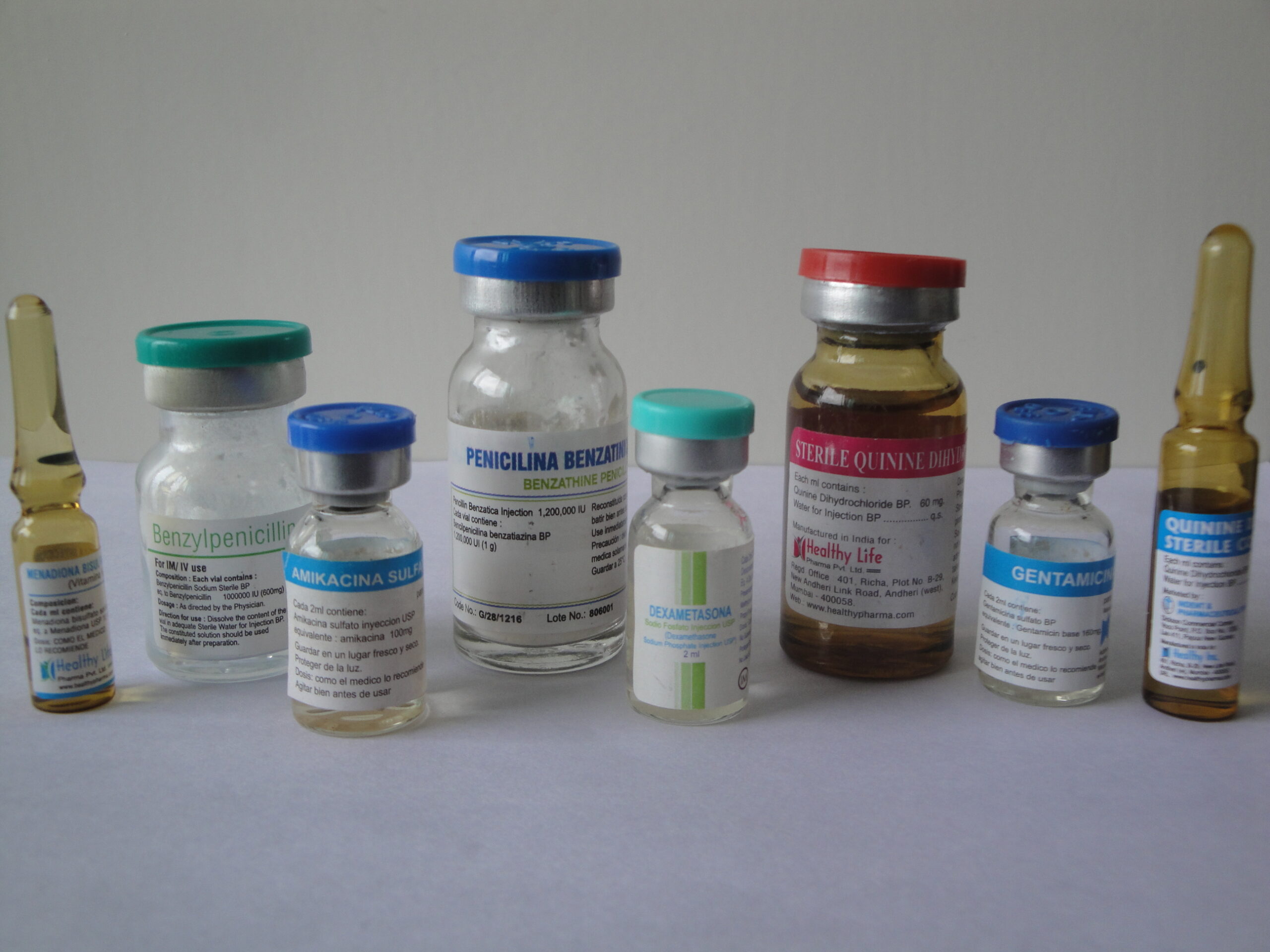Description
Ampicillin & Cloxacillin veterinary injection
Ampicillin and cloxacillin are often used in veterinary medicine for the treatment of bacterial infections in various animals. They are commonly administered through injections, and their usage should be based on a veterinarian’s prescription. Here are some general guidelines regarding the use of ampicillin and cloxacillin for veterinary injections:
Bacterial Infections: Ampicillin and cloxacillin are effective against a broad range of bacteria. They are often used to treat respiratory, urinary, skin, soft tissue, and other bacterial infections in animals.
Combination Therapy: The combination of ampicillin and cloxacillin is sometimes preferred to cover a wider spectrum of bacteria. This combination is particularly useful when dealing with mixed bacterial infections or when the specific bacteria causing the infection are unknown.
Dosage: The dosage of ampicillin and cloxacillin will depend on factors such as the animal’s species, weight, and the severity of the infection. Veterinarians calculate the appropriate dosage based on these factors to ensure effective treatment.
Injection Route: Ampicillin and cloxacillin are commonly administered via intramuscular (IM) or intravenous (IV) injection. The choice of administration route depends on the specific circumstances of the infection and the veterinarian’s recommendation.
Frequency of Administration: The frequency of injections will be determined by the veterinarian based on the nature and severity of the infection. Typically, these antibiotics are given multiple times a day.
Duration of Treatment: The duration of treatment varies depending on the type of infection being treated. It is crucial to complete the full course of antibiotics as prescribed by the veterinarian, even if the animal appears to be improving before the treatment period ends.
Monitoring and Follow-Up: Veterinarians may monitor the animal’s response to treatment through follow-up examinations and may adjust the treatment plan if necessary.
It’s important to note that the use of antibiotics should always be based on a proper diagnosis by a veterinarian. Additionally, adherence to the prescribed dosage and duration is critical to ensure the complete elimination of the infection and prevent the development of antibiotic resistance. If you have specific questions or concerns about the use of ampicillin and cloxacillin for a particular animal, it is advisable to consult with a veterinarian for personalized guidance.
Ampicillin and Cloxacillin are commonly used antibiotics in veterinary medicine, often in combination, to treat a variety of bacterial infections in animals. Here are some general guidelines for their usage:
Bacterial Infections: Ampicillin and Cloxacillin are effective against a broad spectrum of bacteria. They can be used to treat infections caused by Gram-positive and Gram-negative bacteria.
Respiratory Infections: These antibiotics can be employed to treat respiratory tract infections in animals, including pneumonia and bronchitis.
Skin and Soft Tissue Infections: Infections affecting the skin, wounds, or soft tissues can be treated with Ampicillin and Cloxacillin.
Urinary Tract Infections: These antibiotics may be used to address urinary tract infections caused by susceptible bacteria.
Mastitis: Ampicillin and Cloxacillin are commonly used to treat mastitis in dairy cows. These antibiotics can help control bacterial infections in the udder.
Joint Infections: In cases of septic arthritis or other joint infections, these antibiotics may be prescribed.
Post-Surgical Infections: They can be used prophylactically to prevent or treat bacterial infections after surgical procedures.
Dosage and Administration: The dosage and frequency of administration depend on the specific veterinary product, the severity of the infection, and the species and weight of the animal. It’s crucial to follow the veterinarian’s prescription and administer the medication for the entire prescribed duration, even if the symptoms improve before completion.
Administration Route: Ampicillin and Cloxacillin are commonly available in injectable forms for intramuscular or intravenous administration. The route of administration depends on the severity of the infection and the animal’s condition.
Consultation with a Veterinarian: Before using Ampicillin and Cloxacillin, or any antibiotics, it is crucial to consult with a veterinarian. They will diagnose the specific infection, determine the most appropriate antibiotic, and provide guidance on proper dosage and administration.
It’s important to note that the information provided here is general, and the actual usage may vary based on the specific circumstances of the individual animal and the type of infection being treated. Always follow the guidance of a qualified veterinarian for the best results and to avoid the development of antibiotic resistance.
Ampicillin and cloxacillin are commonly used in veterinary medicine for the treatment of bacterial infections in animals. These antibiotics are often administered via injection to ensure effective and rapid delivery of the medication. Here are some general usages of ampicillin and cloxacillin for veterinary injections:
Bacterial Infections: Ampicillin and cloxacillin are effective against a wide range of bacteria, including both Gram-positive and Gram-negative species. They may be used to treat infections in various body systems, such as respiratory, urinary, skin, and soft tissue infections.
Combination Therapy: The combination of ampicillin and cloxacillin is sometimes preferred in veterinary medicine. This combination broadens the spectrum of activity, making it effective against a wider range of bacteria compared to using either antibiotic alone. This is especially useful when the specific causative agent is unknown or when dealing with mixed infections.
Mastitis in Dairy Cows: These antibiotics are commonly used for the treatment of mastitis, which is an inflammatory condition of the mammary gland in dairy cows. Intramammary injections are often employed for localized treatment.




